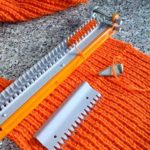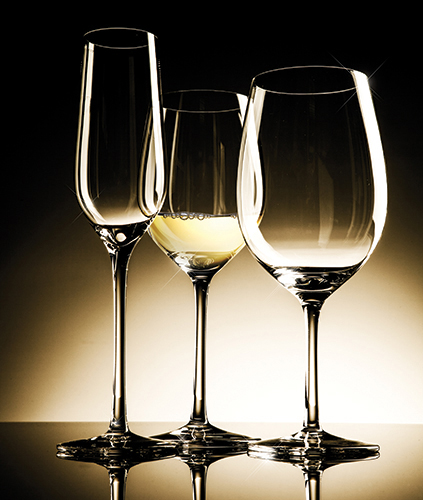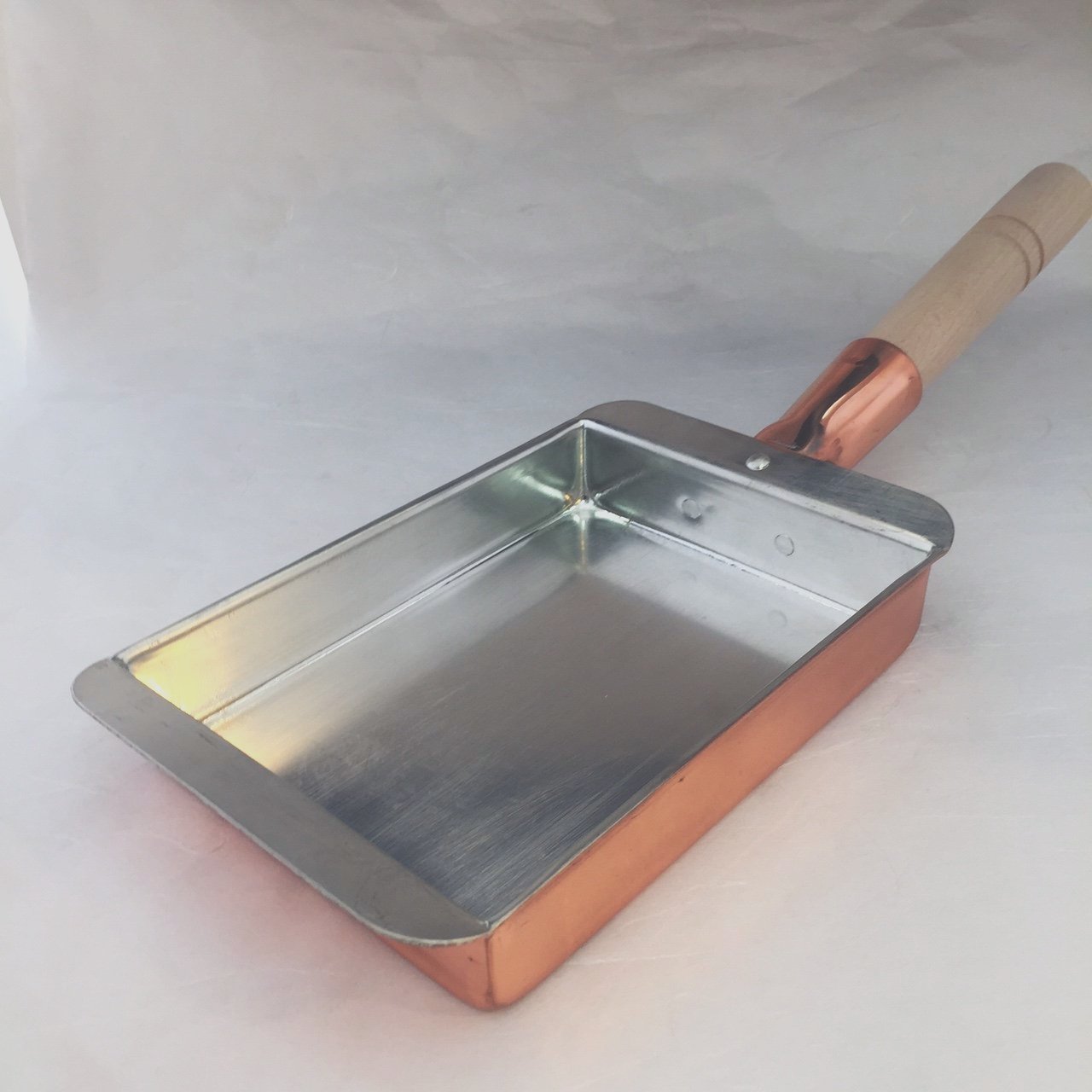Types of plates for table setting
From a young age, I knew only five types of plates: half-portion, half-portion, side, serving and saucer. The bowl stood apart in this classification - it was also a berry from the same field, but not quite. And then came adult life, moving, expanding my vocabulary and surprise, because I didn’t know everything, but at the same time one of the names I understood has no analogues in the Russian language. But first things first.
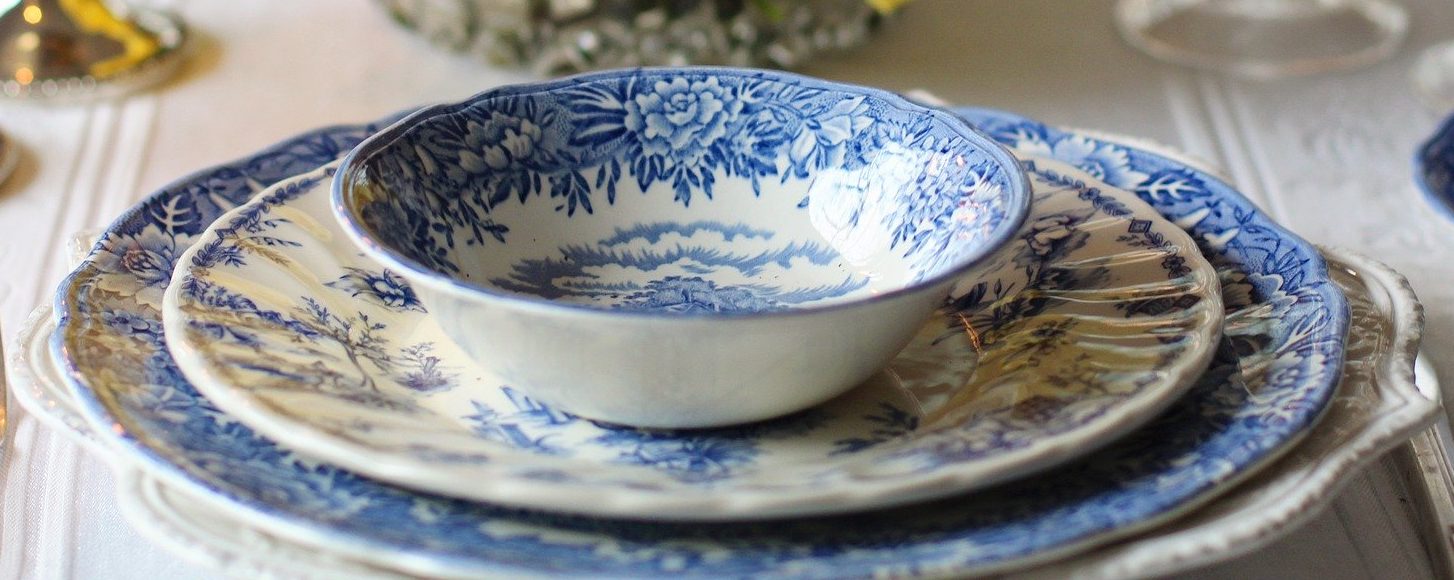
The content of the article
Popular types of plates
This category includes dishes that are included in standard tableware. There is not much variety here, but the wealth of options can be counted on the fingers of one hand:
- soup plates - deep dishes with a diameter of 20–25 cm, intended for serving first courses;
- lunch - not so roomy, but slightly wider specimens (25–30 cm) for “second” and side dishes;
- snack bars large and small - almost flat variety in which slices are served;
- dessert deep and shallow for all kinds of sweets;
- saucers - classic coasters for cups and glasses.
And here I can already tell about my surprise. The half-portion and the so-called half-mysok turned out to be close “relatives”, since they belong to the same subspecies - ordinary soup. They just have different volumes: the first one holds about 200 ml of liquid food, and the second one holds up to half a liter.
Polumysok is the name for large soup bowls, often used in Poland and Ukrainian villages. This term has no analogues in the Russian language.
My family wasn’t very mistaken with the “side dish” variety - it’s a dinner plate. But we called the dishware that most Russian speakers call snackware.
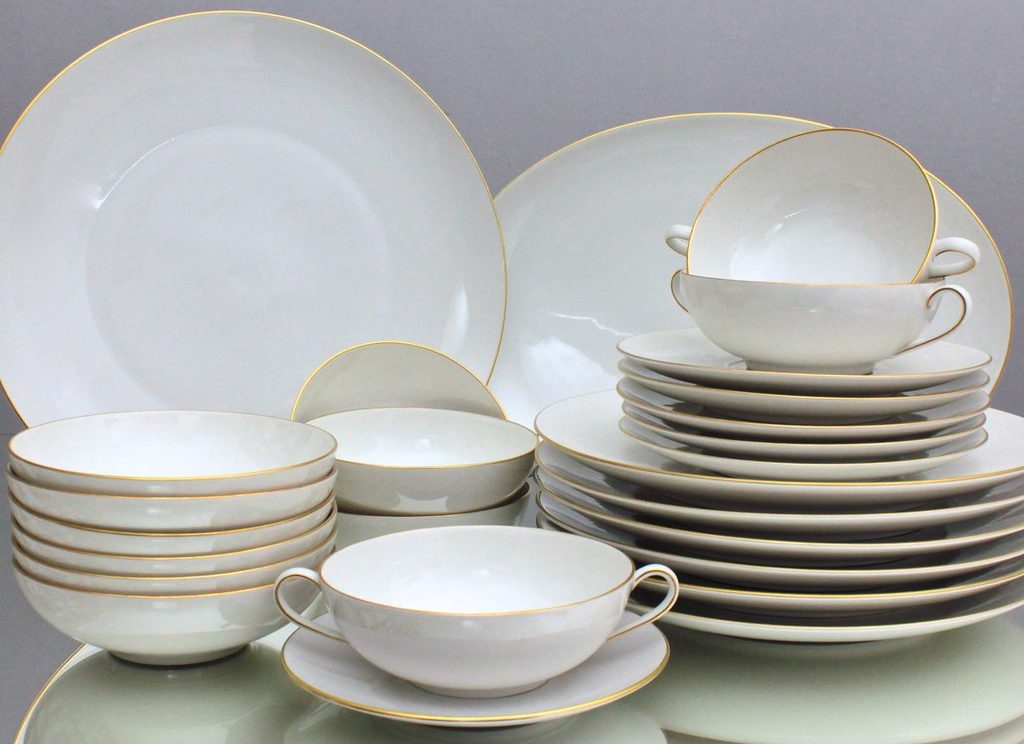
Lesser known types of plates
This includes utensils used when setting the table, but almost never included in the sets. Here you will have to count the options on the fingers of both hands:
- dish - a huge (up to 45 cm in diameter) flat oblong or round plate for meat, poultry and game;
- salad bowl large and small - a deep variety for serving salads “on the table” and in portions;
- pie - for bakery products;
- fish - oblong dishes with low sides;
- menazhnitsa - a divided option for serving several side dishes at the same time;
- herring - an oblong plate with high sides for the fish of the same name;
- chill mold - a porcelain imitation shell shell for serving seafood and oysters;
- a bowl, if it has a leg, it’s also a rosette; if without it, it’s a bowl-shaped dish for desserts;
- showplate - a serving or substitution plate on which other varieties are already placed.
The list can also be supplemented with a round caviar plate of small diameter and its slightly larger “sister” for eggs, which has characteristic protrusions-handles.
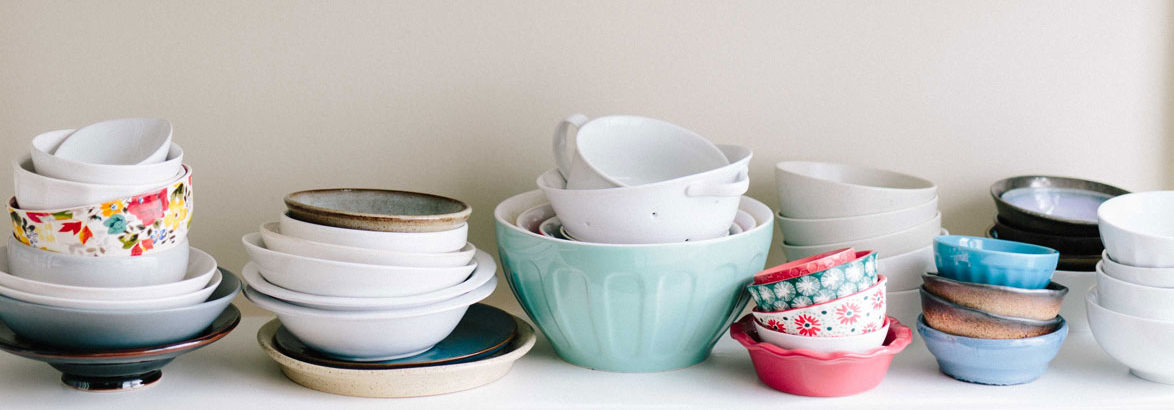
Food bowls
A controversial category of tableware, which is used for serving along with plates, performs the same functions, is made of the same materials, but... In general, these representatives of a complete table service are still considered to be cups. These include:
- bowl - a deep saucer for tea or kumys, but can be used as an alternative to a gravy boat;
- broth pot — a bowl with handles for first courses;
- kitty - a distinctively painted analogue of a large round salad bowl, intended for pilaf and similar national dishes.
The same list sometimes includes a cocotte maker (ware for serving hot snacks). But this approach confuses me, because it’s still quite difficult to call this miracle a plate. Especially those versions that are made of metal.

